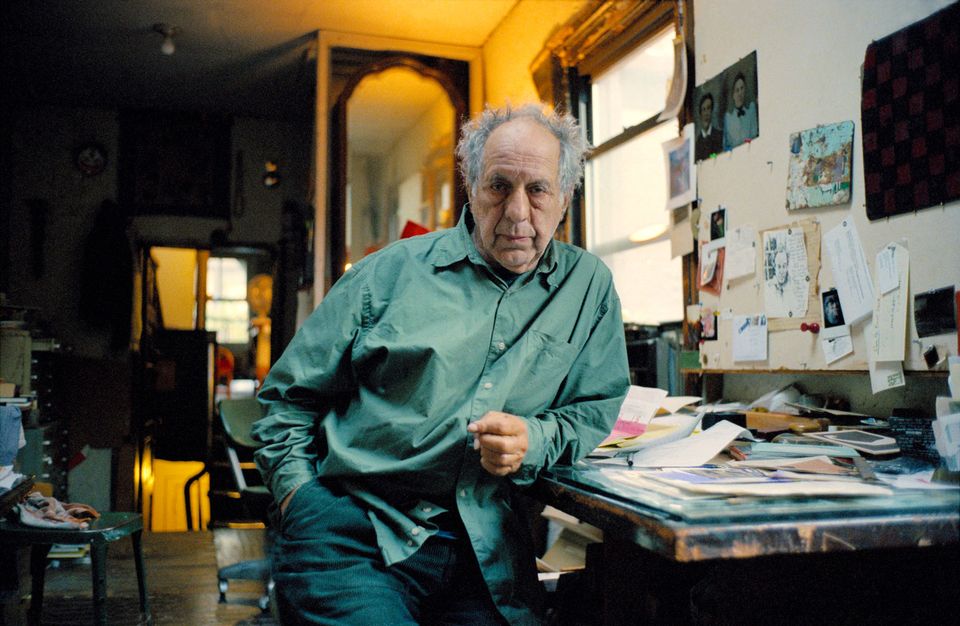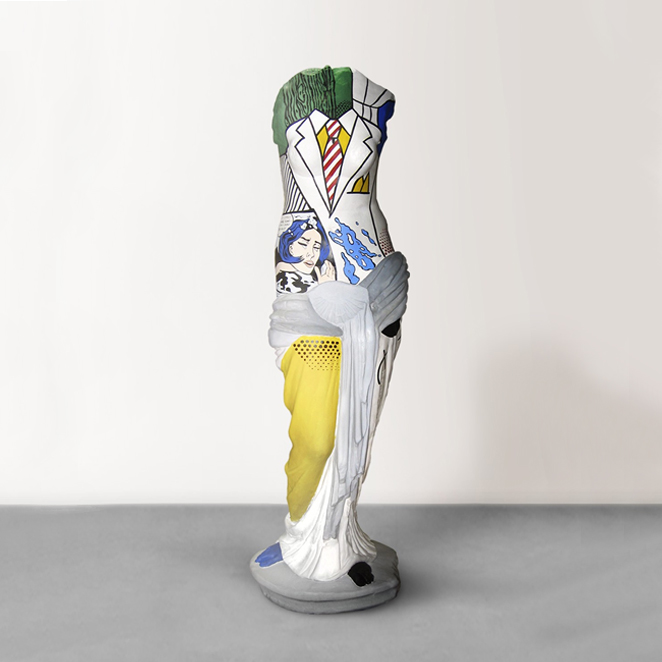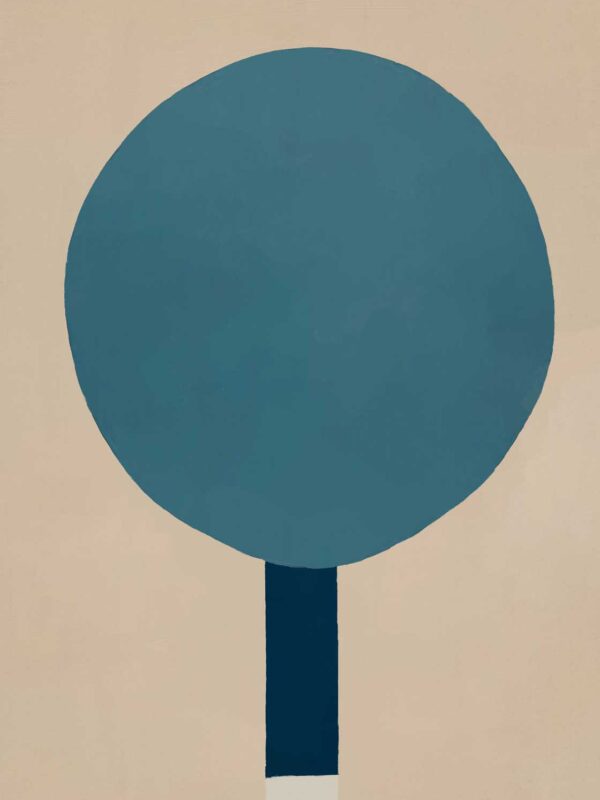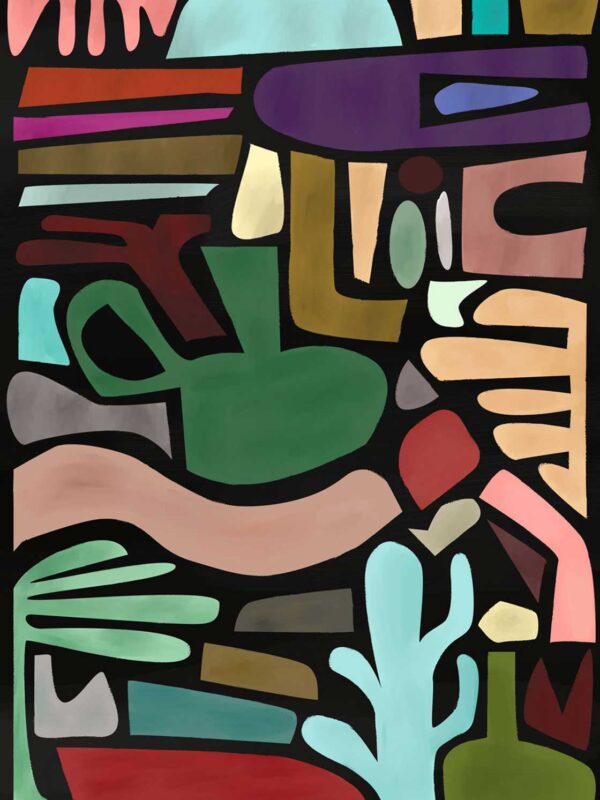
11 Sep Robert Frank dies at the age of 94
The photographer Robert Frank, one of the most influential of the twentieth century, died Tuesday in Inverness, a small town in the Canadian province of Nova Scotia, at 94. Frank, born in Zurich in 1924, arrived in the Big Apple 23 years later and his work The Americans, the hugely influential ensemble of photographs of his adoptive compatriots taken across the United States in the fifties, became his best cover letter.
Singular and inimitable, Robert Frank considered himself as a total outsider. At the last stage of his life Frank was still the nonconformist, elusive and above all faithful to his beliefs, who redefined photography in the mid-fifties.
He was thirty-one years old when encouraged by Walker Evans and subsidized by a Guggenheim scholarship, he set out to tour the United States in a Ford Coupe; Nine months, 10,000 miles, 30 states, 767 reels, 27,000 images would shape the Americans. “After seeing these photos, you just don’t know if a jukebox is sadder than a coffin,” wrote Jack Kerouac in the American version of the book. Frank dissected America with the unpolluted gaze of a foreigner. A deep and poetic vision that revealed what was hidden behind the American dream; alienation, injustice, social and racial differences, loneliness, and sadness. And he did it using a language never seen before: with a raw and sincere photographic approach. He did so through 83 published snapshots in the book The Americans.
Shortly after, perhaps afraid to repeat himself creatively, he kept his Leica in a closet and devoted himself to the cinema. photography until a decade later, but his talent
But in the early sixties, when his name had already made history, Frank was already fully dedicated to the cinema. His first film, Pull My Daisy, directed along with the painter Alfred Leslie, had a script narrated and written by Kerouac. His underground work, which covers more than 30 titles, would defy all cinematographic canons, but this time he did not find the desired recognition.
Fleeing the fame to which the Americans catapulted him, in the early seventies he settled in a remote village in Nova Scotia, Canada, with June Leaf, his second wife. In 1971 his photography became much more autobiographical, creating his last series, The lines of my hand. At this point, Frank began experimenting with Polaroids and incorporating collage and text into his snapshots. The death of his two children: Andrea in a plane crash, and Pablo in a psychiatric hospital, gave his work a more heart-breaking and personal tone, which explored the loss, memory, change and continuity.
DISCOVER GREAT ART TO BUY
PAINTINGS

PHOTOGRAPHS

SCULPTURES

BOOKS













